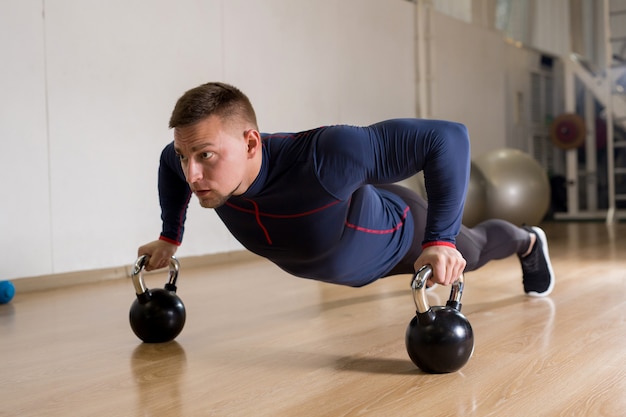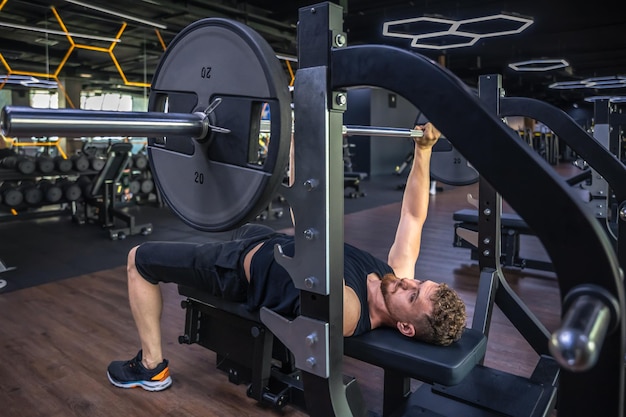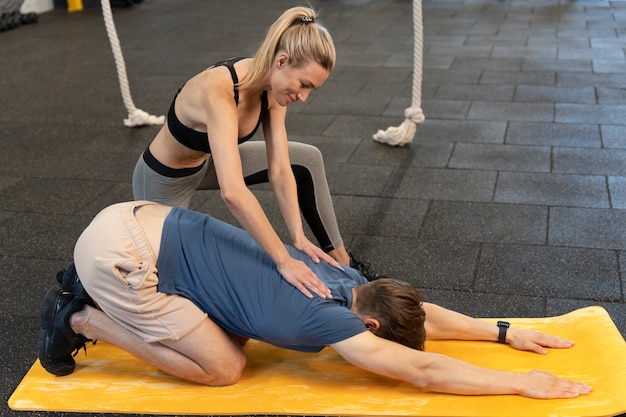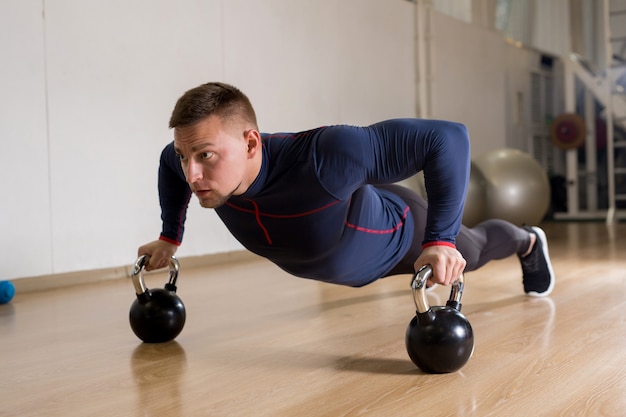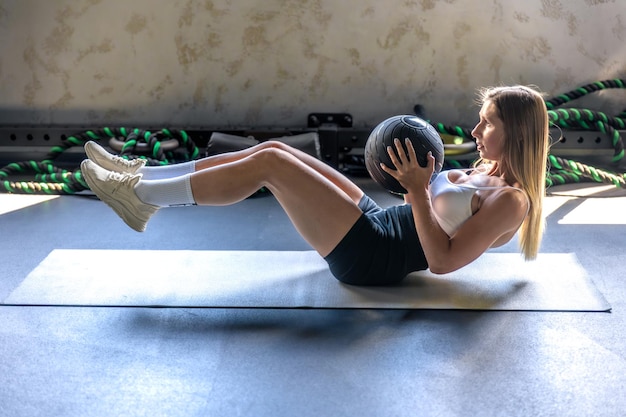35-Minute No-Equipment Kettlebell Workout for Real Life: Safe & Effective for Back Pain Sufferers
Staying active shouldn’t require a gym membership, a full set of equipment, or hours out of your day. Especially if you're managing back pain, finding a workout that’s both effective and gentle on your spine can feel nearly impossible. But what if you could get a full-body strength and conditioning session in just 35 minutes—using only a kettlebell and movements designed to protect your back?
This no-equipment kettlebell workout is built for real-life schedules. Whether you're a busy parent, a remote worker, or someone recovering from lower back discomfort, this routine delivers maximum results with minimal gear and zero joint strain.
Why Kettlebells? And Why This Routine Works
Kettlebells are uniquely effective for building functional strength, improving mobility, and boosting cardiovascular endurance—all in one session. Unlike traditional weights, their off-center mass challenges stability, engaging core muscles naturally. When used with proper form, kettlebell exercises can actually reduce back pain by strengthening the posterior chain (glutes, hamstrings, and lower back stabilizers) without compressing the spine.
This 35-minute routine emphasizes controlled, full-body movements that promote spinal alignment, hip hinge mechanics, and core engagement—key elements for protecting the lower back during daily activities.

Workout Structure: Warm-Up, Circuit, Cool-Down
The session is broken into three parts:
- Warm-Up (5 minutes): Prepares joints, activates key muscles, and improves mobility.
- Main Circuit (25 minutes): Alternating strength and mobility-focused kettlebell moves.
- Cool-Down & Stretch (5 minutes): Reduces muscle tension and supports recovery.
Part 1: 5-Minute Back-Safe Warm-Up
Start with gentle movements to wake up your body and protect your spine:
- Glute Bridges (10 reps): Lie on your back, knees bent. Lift hips while squeezing glutes. Strengthens posterior chain without spinal load.
- Dead Bugs (10 reps/side): Lie on your back, arms extended up, knees bent at 90°. Slowly extend one leg while lowering opposite arm. Builds core stability.
- Thoracic Rotations (5/side): On all fours, place one hand behind your head and rotate upward, opening the chest. Improves upper back mobility.
- Bodyweight Squats (10 reps): Keep chest up, squat shallow if needed. Focus on hip hinge motion.
Part 2: 25-Minute Kettlebell Circuit
Perform each exercise for 45 seconds, followed by 15 seconds of rest. Complete 5 rounds (total ~25 minutes). Use a light to moderate kettlebell (8–16 kg depending on fitness level).
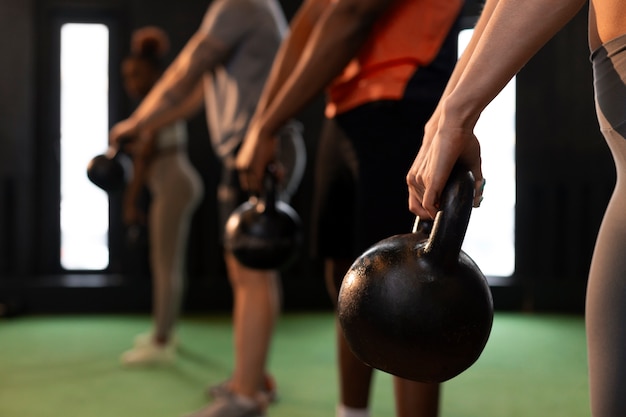
-
Kettlebell Deadlifts
Focus: Hip hinge, glute activation
Form Tip: Keep back flat, push hips back, knees slightly bent. Ideal for teaching safe lifting mechanics.
-
Single-Arm Kettlebell Rows
Focus: Upper back strength, posture correction
Form Tip: Brace core, pull elbow up and back. Prevents slouching and supports spinal alignment.
-
Goblet Squats
Focus: Lower body strength, core engagement
Form Tip: Hold kettlebell at chest, elbows inside knees. Promotes upright posture under load.
-
Halos (Around the Head)
Focus: Shoulder mobility, thoracic stability
Form Tip: Move kettlebell in a slow circle around head. Keeps upper back active and reduces neck strain.
-
Supported Turkish Get-Ups (Half-Range)
Focus: Full-body coordination, core stability
Form Tip: Perform only the first half (floor to elbow) if needed. Builds strength without spinal twisting.
Part 3: 5-Minute Cool-Down & Stretch
Finish with gentle stretches to release tension and support recovery:
- Child’s Pose (1 min): Stretches lower back and hips.
- Piriformis Stretch (1 min/side): Eases sciatic tension.
- Seated Forward Fold (1 min): Gently lengthens hamstrings and spine.
- Supine Spinal Twist (30 sec/side): Releases lower back stiffness.

Why This Routine Is Back-Friendly
Unlike high-impact or spine-loaded exercises, this routine prioritizes:
- Controlled, slow tempos to avoid jerking motions.
- Hip-dominant movements that reduce lumbar strain.
- Core bracing in every exercise to stabilize the spine.
- Minimal spinal flexion or rotation under load.
Final Tips for Success
- Choose a weight that allows perfect form throughout.
- Perform this routine 3–4 times per week for best results.
- Listen to your body—skip or modify any move that causes pain.
- Stay hydrated and maintain consistent posture during daily tasks.
This 35-minute kettlebell workout proves you don’t need a gym, a lot of time, or even perfect health to stay strong. It’s designed for real people with real lives—and real back concerns. With consistency, you’ll build resilience, reduce discomfort, and reclaim your movement.









